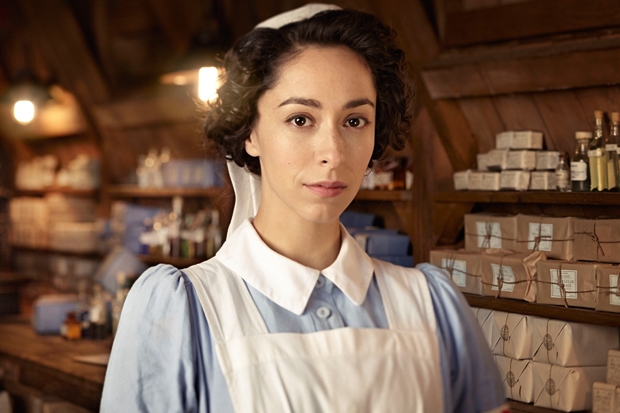Sunday nights. What are they for? Eggs. Tea. Toast. Nerves about the week ahead. Something comforting on TV. But comfort comes in many forms. For some, it’s twee life at Downton Abbey. For others, it’s the thrill of Homeland. With the BBC’s latest Sunday-night offering, comfort takes on a new guise: one that includes gas gangrene, shell shock, flinty women and war-damaged men. It won’t rock you to sleep.
The Crimson Field, BBC1’s latest six-part drama, took us to the support system that existed behind the front line during the first world war. It’s 1915, and young women from Britain’s upper and middle classes have been drafted in as VADs — Voluntary Aid Detachments — to nurse casualties from the trenches. There is period costume — starched powder-blue dresses, khaki uniforms — and a restrained set. So far, so comforting. We meet three young women who have journeyed to a field hospital near Étaples on the northern French coast, and who are promptly given a dressing-down by the glacial Matron Grace Carter, played by Hermione Norris.

Get Britain's best politics newsletters
Register to get The Spectator's insight and opinion straight to your inbox. You can then read two free articles each week.
Already a subscriber? Log in







Comments
Join the debate for just £1 a month
Be part of the conversation with other Spectator readers by getting your first three months for £3.
UNLOCK ACCESS Just £1 a monthAlready a subscriber? Log in